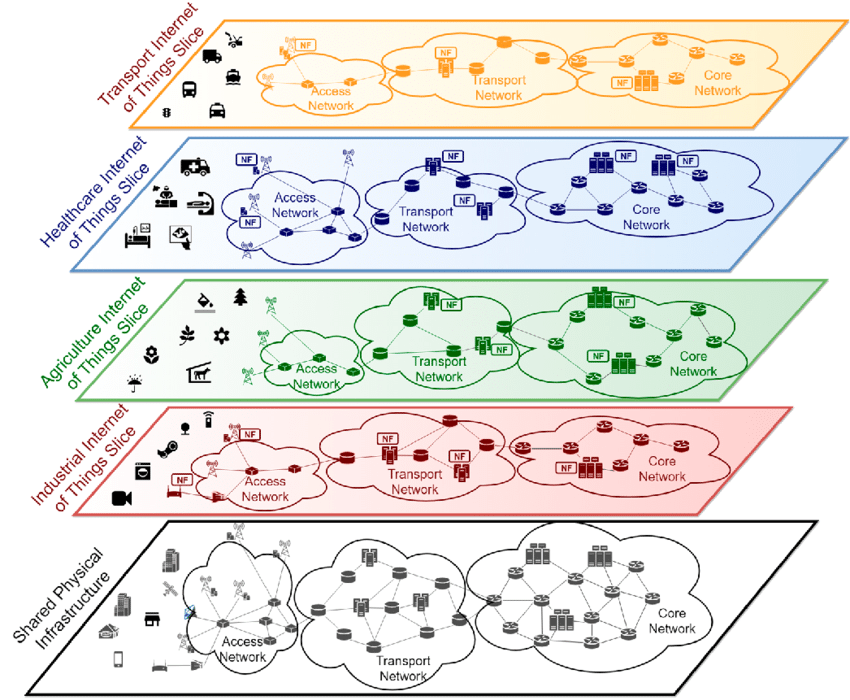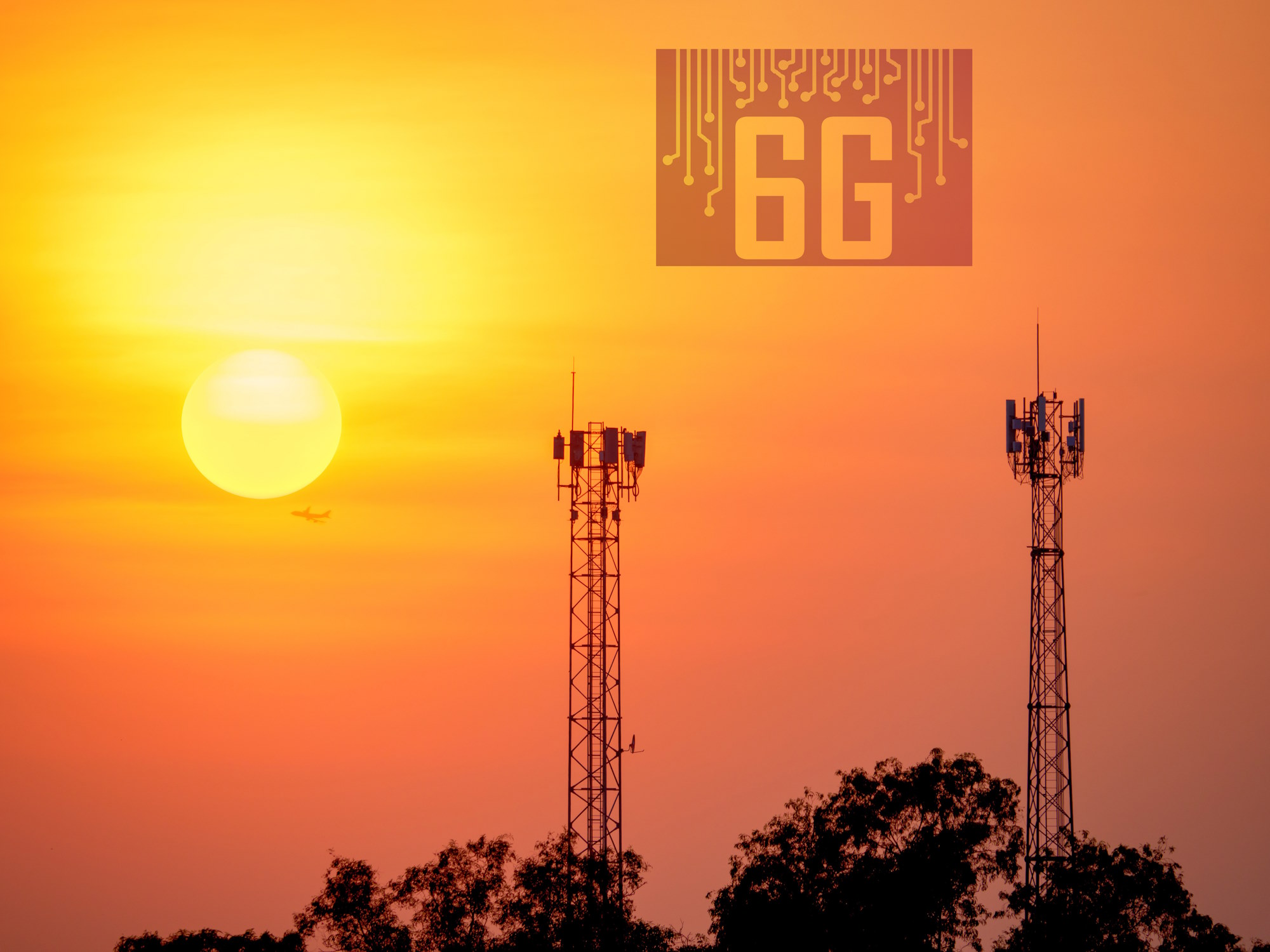The next G isn’t off the ground yet, but the 6G talk has gone through several phases with more to come.
6G is getting old?
Having attended several 6G conferences starting in 2021, I’ve heard much talk about what 6G should be. 5G is part of the equation, and part of the problem.
People often ask me, “What is 5G?” When they do, I simplify it because most people think only about smartphones. 5G technologies bring many things, most of which are outside the consumer market.
Of the many technologies that 5G brings, only a few relate to consumers, and for the most part, consumers see little or no difference in performance from LTE. Thus, they refuse to pay more for the faster speeds 5G promised. See the top point of Figure 1 from DeepSig‘s Tim O’Shea at the 2024 Brooklyn 6G Summit. Those high speeds could have come from mmWave, which was missing from O’Shea’s list.
Figure 1. This slide from DeepSig show that 5G brought many new technologies to wireless. Will 6G bring new technologies or mostly applications for 5G?
What happened?
Because of its short range, mmWave has seen little deployment. It requires a massive number of small cells, more than the wireless carriers are willing to deploy. As I was told over breakfast one morning during the summit, “You can’t fight physics.” Indeed, mmWave receives little mention at 5G/6G conferences now.
As for the other points, most cover other use cases that we’ve been hearing about for a decade or more. Businesses, often referred to as “verticals,” won’t invest in new technology unless they see a payback in more significant revenue, lower cost of operations, or would otherwise fall behind competitors.
There’s another problem. People in these businesses are generally not well-versed in 5G’s features. 5G’s many features can confuse them and leave them wondering, “How does this improve my business?” So, the telcos have these technologies that people in the verticals don’t understand and don’t know what 5G can do for them. I heard this over and over at the two 6G conferences — the other being the 2024 6G Symposium in Washington, DC — and again while watching 5G Techritory From Riga, Latvia. That’s three times in a few weeks.
We also heard it in 2023, and I expect to hear it again in 2025.
“The telecom industry needs to learn what went wrong with 5G, but the business applications are just now getting started,” said 6G-IA chairman Colin Willcock at a Brooklyn panel on the gaps that 6G needs to fill. “5G was a dream system, now 6G must be the real performance,” added Takehiro Nakamura of NTT DoCoMo at the same panel session.
Indeed, 6G talk centers around use cases that 6G should address and 5G could yet address, but nobody knows what they are. GSMA has recently reported that 5G applications outside of for consumers are just getting started. The report states that telcos must ensure that “would-be enterprise customers know the breadth of options available and that targeting enterprises with solutions that meet demand will be key to moving the market forward.”
Because of the entrenched belief in a ten-year development cycle of telecom generations, the talk goes on with many saying that the standardization process will start in 2025. That’s coming up quickly. How can you start developing technology standards without the use cases? The telecom industry thought it knew the use cases when developing 5G but still doesn’t know. It’s too early to know.
Even with 5G non-consumer use cases in their infancy, 6G talk centers around possible technologies for 6G. One such technology is integrated sensing and communications (ISAC) — where mmWave and sub-THz signals are still under discussion. So far, the talk about ISAC focuses on military applications, as mentioned by DoD’s Thomas Rondeau at both the 6G Symposium and Brooklyn 6G conferences. That’s a possible use case for mmWave and sub-THz frequencies, but it’s a niche application.
What about energy use?
In 2021 and 2022, we heard a heavy emphasis on energy use and that 6G must significantly reduce energy consumption in devices and networks. In 2023 and 2024, energy use was still being discussed but with less emphasis. As noted above, the shift occurred because of the lack of concrete use cases.
Part of the energy problem is that each new wireless generation brings wider bandwidth, increasing energy use in radios and wired connections. Yes, everyone in the chain, from power-electronics engineers to network engineers to software developers, work to reduce energy per bit. Unfortunately, the increases in data rates negate the savings per bit, resulting in overall more energy use, not less.
Will AI take over everything, everywhere?
AI increases energy use everywhere. Some say AI can become a tool to reduce energy use, but at the same time, the data generated by people using generative AI, plus the data needed to train AI/ML systems, may negate any efficiency improvements. As Andreas Roessler of Rohde & Schwarz noted in a Brooklyn 6G panel on energy consumption, “we’ll need measurements to monitor energy use.”
AI was one topic we heard little about in 2021 and 2022. That’s not to say that AI wasn’t mentioned when 5G was under development. It was. For example, we saw applications for AI in channel sounding. We still hear about such applications, but we’ll keep hearing about AI for years to come.
To emphasize this point, Nokia’s Chief Strategy and Technology Officer Nishant Batra shared the slide in Figure 2 showing the expected growth of AI and non-AI traffic through 2033. Although non-AI traffic (video and audio) will greatly increase, AI-generated traffic will take on an increasing portion of network traffic.

Figure 2. This slide from Nokia predicts AI-generated traffic will take on an increasing portion of network traffic through 2033.
“It’s all about data, the new raw material,” said Peter Merz, Head of Nokia Standards. He emphasized that AI will be everywhere, in 3GPP standards, Open RAN, devices, Operation, Administration, and Management (OAM), and network cores. He emphasized that AI traffic will be different that non-AI traffic in that it will come in bursts.
What about space?
Along with AI, satellite-based non-terrestrial networks (NTNs) have seen an increase in discussion time. Such connections could solve the coverage issue, and people are hinting at public-safety and military applications. NTNs could give marketers something to hype with 6G because it has potential consumer applications.
Will we need a newer radio?
As for 6G talk about new radio, nobody knows. That’s in part because the industry still hasn’t defined use cases, and we don’t know if more spectrum will be available. There’s lots of talk about FR3 (roughly 7 GHz to 15 GHz or 24 GHz), but that depends on new spectrum-sharing technologies, government spectrum allocations, or both. With AI coming to the forefront of all discussions, there’s talk of using AI to design the air interface (radio) for 6G. That’s generating debate. If you’re an RF engineer, what do you think of that?
Will we still need channel models and channel-sounding measurements that lead to models? Will AI-generated air interface models need measurement data to complete a model? No one is sure yet.
Where does 6G stand in relation to where 5G was in 2014?
Given that I only started covering 5G around 2017, and initially, only from a radio perspective, I asked people who have been around 5G since its beginnings. Doug Castor from InterDigital has been involved with 5G from the start. He said that in 2014 mmWave was the hot topic, even more so than massive machine-type communications (mM2MC)and ultrareliable low-latency communications (URLLC). Indeed, many people thought mmWave would lead to a significant step forward in download speeds. It can if deployed… we know what happened there.
According to Castor and others, 6G development lags 5G in 2014. That and the lack of experience with 5G lead to the question of whether 6G development should slow down so we can better see how 5G’s use cases develop. EE World hosted such a discussion in How should 5G, 6G evolve? with Matsing’s Manish Matta and Keysight’s Roger Nichols. The results were mixed.
Given how little we know about 5G’s use cases outside of smartphones, slowing 6G’s development makes some sense. Will that happen?
I think not. Telecom marketers need another generation to hype by the end of the 2020s. Should widespread enterprise adoption take place through private networks and network slicing (Figure 3), 5G could have a long life. So far, people seem to think we need 6G because 5G has not taken off as everyone expected.

Figure 2. Network slices let private networks and applications run in configurations defined for a particular use. Image: CEVA

